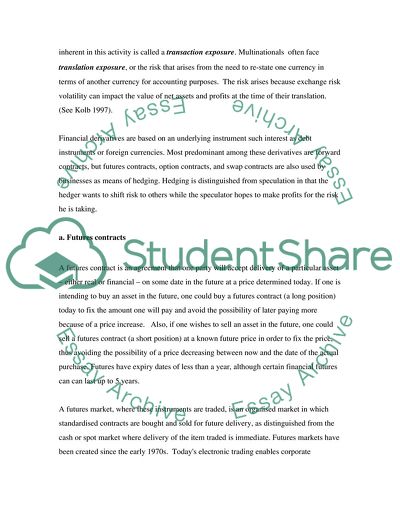Cite this document
(Foreign Exchange-Rate Risk Management Case Study - 5, n.d.)
Foreign Exchange-Rate Risk Management Case Study - 5. Retrieved from https://studentshare.org/finance-accounting/1560380-financial-management
Foreign Exchange-Rate Risk Management Case Study - 5. Retrieved from https://studentshare.org/finance-accounting/1560380-financial-management
(Foreign Exchange-Rate Risk Management Case Study - 5)
Foreign Exchange-Rate Risk Management Case Study - 5. https://studentshare.org/finance-accounting/1560380-financial-management.
Foreign Exchange-Rate Risk Management Case Study - 5. https://studentshare.org/finance-accounting/1560380-financial-management.
“Foreign Exchange-Rate Risk Management Case Study - 5”. https://studentshare.org/finance-accounting/1560380-financial-management.


